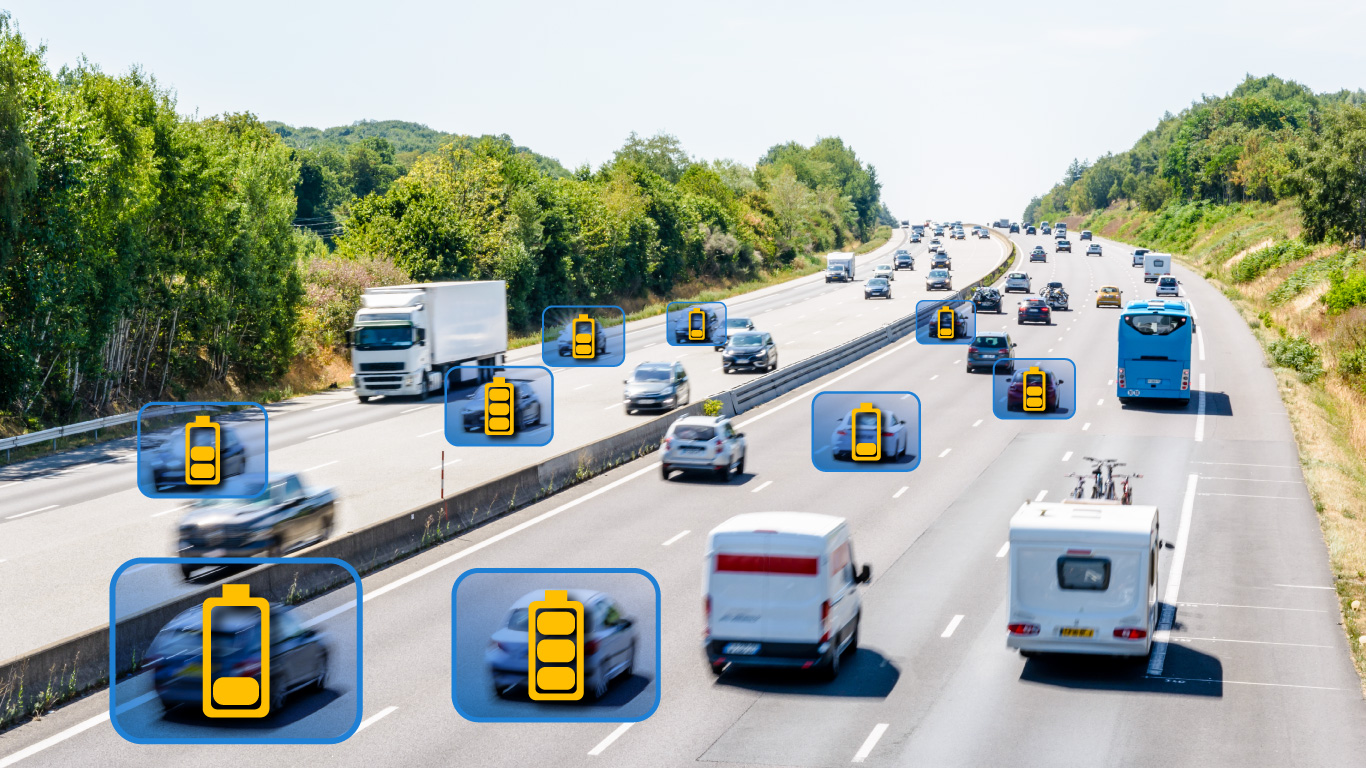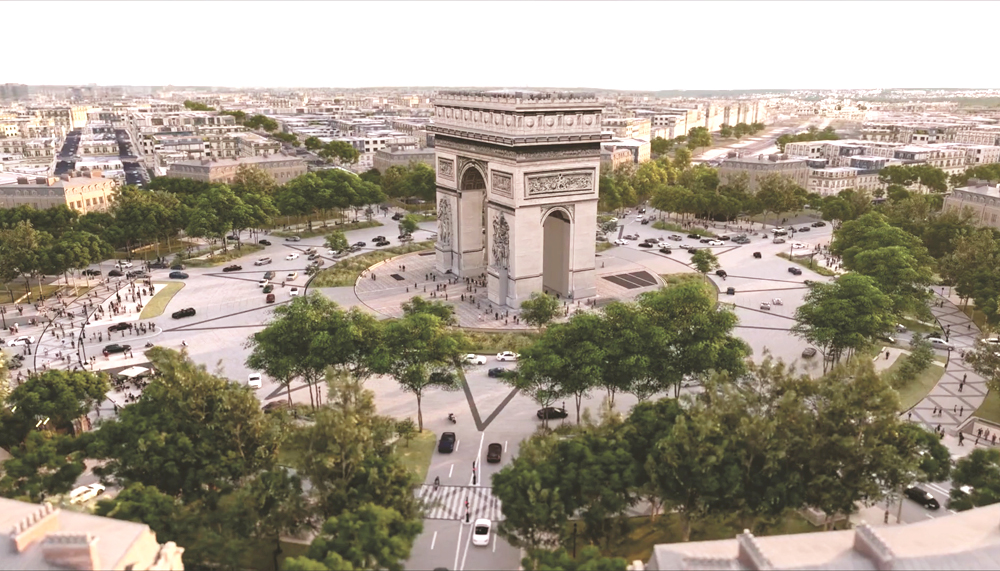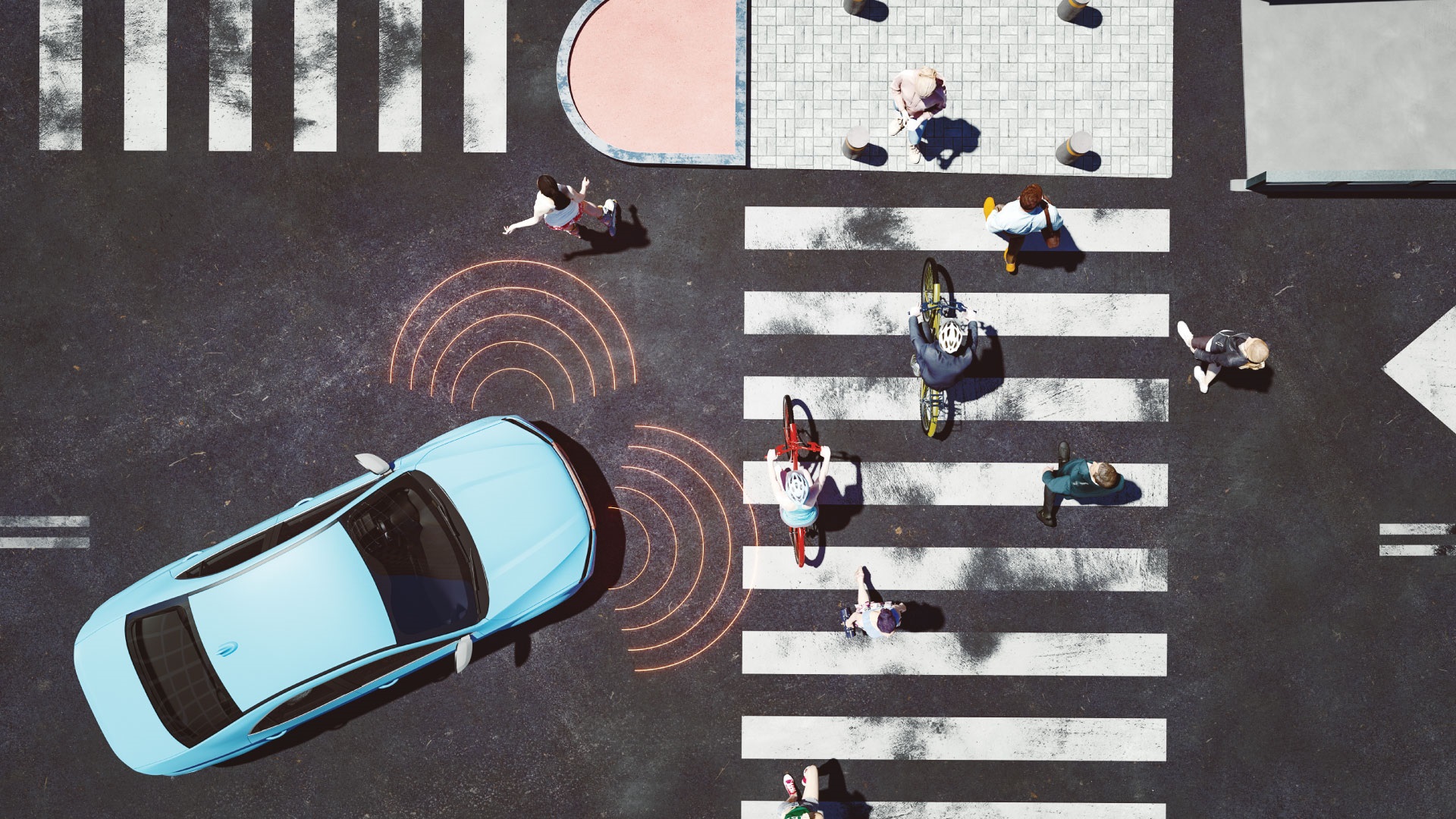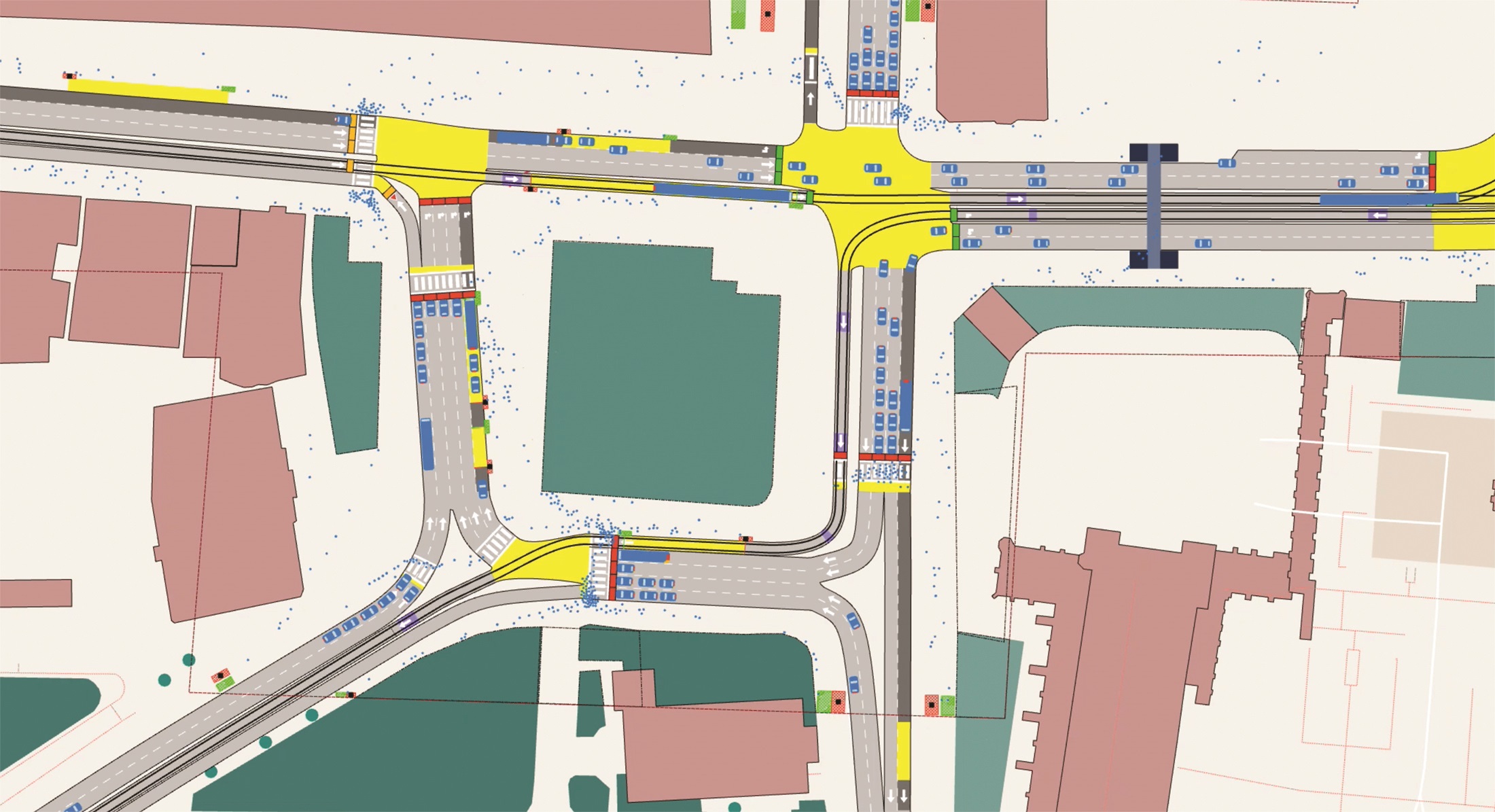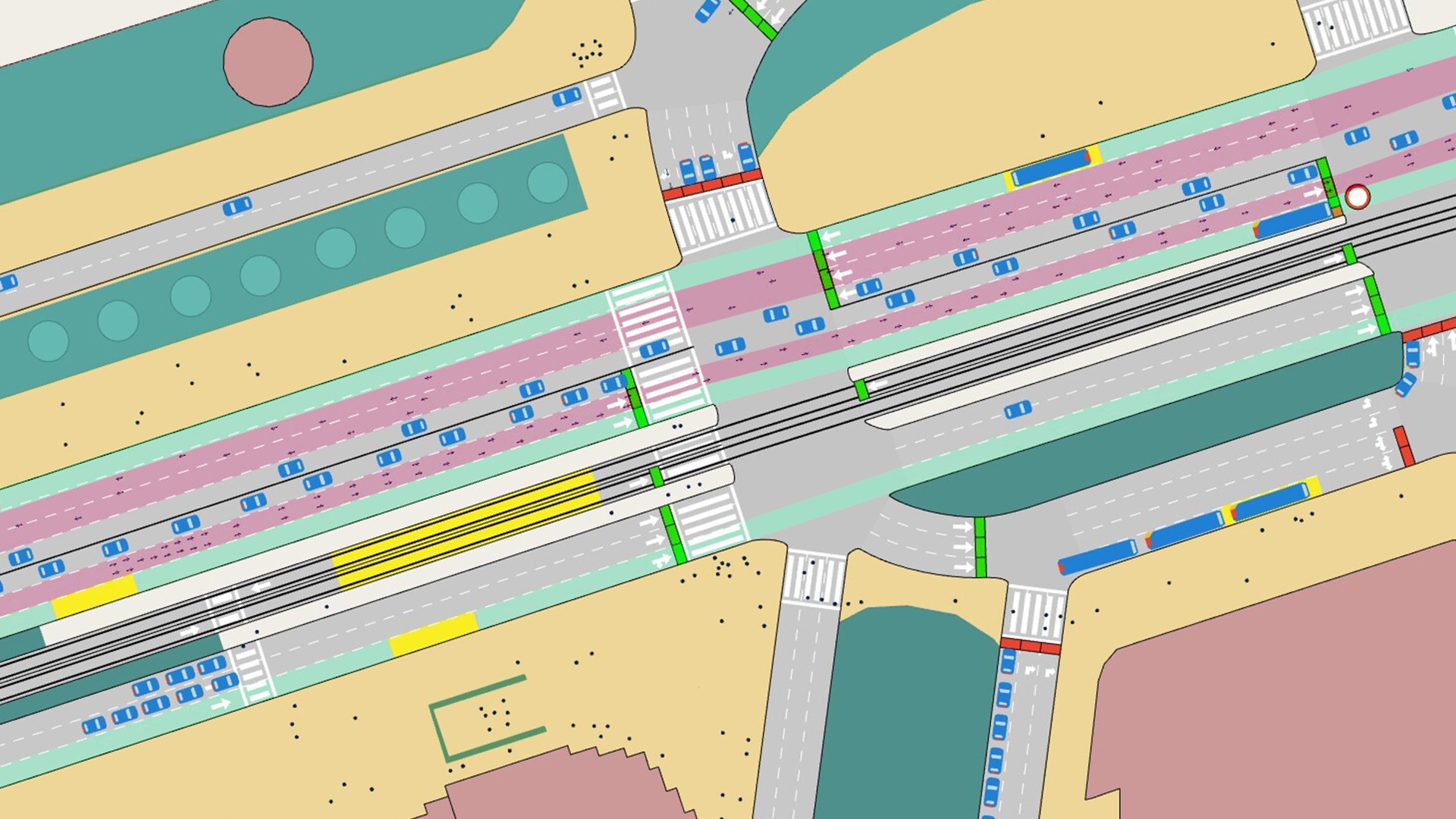
The latest version of Aimsun's Next mobility modelling software package has a focus on vulnerable road users as urban space is reshaped to fit post-lockdown travel patterns.
As cities struggle to manage a return to work for citizens and a reduction in public transport capacity due to social distancing regulations, version 20 of Aimsun Next contains a series of features to help planners understand the movement of pedestrians and cyclists.
The updated software allows planners to model a multitude of possible scenarios, such as studying the impact of pop-up bike lanes, or increased physical distance at a busy crossing.
A pedestrian simulator allows mobility engineers to model the movement of unlimited numbers of pedestrians on pavements, their interaction with traffic at crossings and the boarding and alighting process at public transport stops.
Advanced non-lane-based microsimulation predicts the behaviour of two-wheel vehicles sharing lanes and filtering through a queue of four-wheel vehicles.
The company says a realistic simulation of micromobility - including bicycles, e-bikes and scooters - is aimed at optimising road networks and helping planners get people where they need to be as efficiently as possible.
“Aimsun Next 20 focuses on modelling pedestrians, bicycles and the interaction between passengers and public transport vehicles and is a huge step towards our final goal of modelling individuals and multimodal mobility,” explains Aimsun’s global head of product management, Paolo Rinelli.
“Given that transport planners are having to completely rethink their policies post-Covid, this is the perfect tool at the perfect time to help them do that.”



